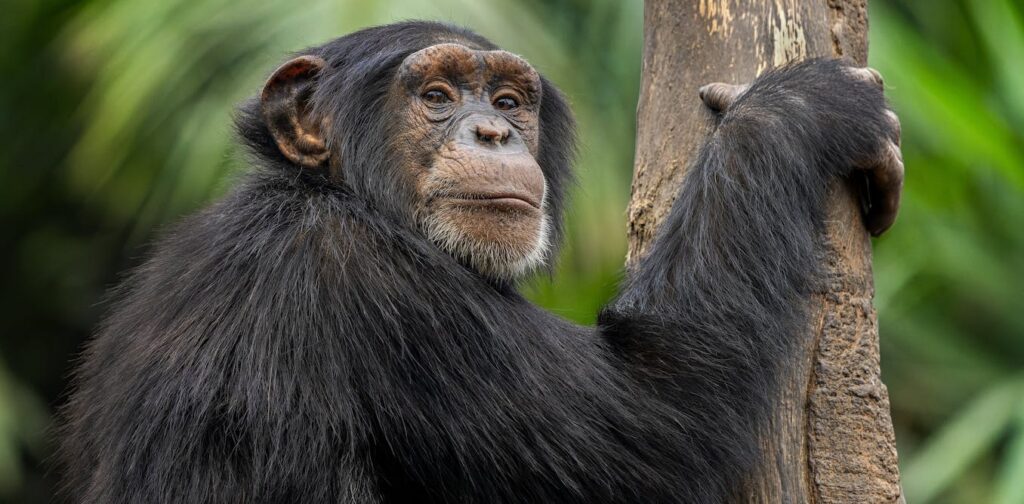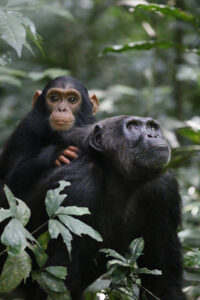
The question of why female animals generally live longer than their male counterparts has intrigued biologists for decades. A recent study led by evolution researcher Johanna Staerk, published in Science Advances, provides new insights into this phenomenon, examining sex differences in longevity across a wide array of birds and mammals. This comprehensive analysis reveals that these differences are more pronounced in the wild than in controlled environments like zoos.
In humans, women typically outlive men by an average of about five years globally. This pattern is consistent across various cultures and historical periods, from 18th-century Sweden to modern-day Japan. However, humans are not unique in exhibiting such sex-based longevity biases. Across the animal kingdom, these differences are widespread, although not always skewed in favor of females.
Sex Differences in Mammalian Longevity
The study by Staerk and colleagues analyzed 528 mammal species in zoos, finding that 72% of these species showed a female life expectancy advantage, with females living approximately 12% longer on average. In the wild, where environmental pressures are more intense, the female advantage increased to around 19%.
My own research, utilizing the Compadre animal demographic database, corroborates these findings. For example, wild female African elephants often live into their 60s, while males rarely surpass their late 40s. This disparity is partly due to males engaging in risky solitary behaviors and competitive combat. Similarly, female moose live nearly twice as long as males, with lifespans ranging from 17 to 22 years.
Genetic and Hormonal Influences
Genetics plays a significant role in these longevity differences. Male mammals, being the heterogametic sex (possessing both an X and a Y chromosome), are more susceptible to inheriting recessive X-linked mutations. Additionally, high levels of testosterone can suppress immune function, further impacting male longevity.
However, the most compelling evidence points to sexual selection. In polygynous species, such as red deer or lions, males develop large bodies and weaponry to compete for mates, which often reduces their survival chances.
Birds: A Different Story
In contrast to mammals, the study found that in birds, males often outlive females. Of the 648 avian species studied in zoos, 68% showed a male longevity advantage, averaging 5% longer lifespans. In the wild, this gap widened to over 25%.
Female birds are the heterogametic sex (ZW chromosomes), which might expose them to greater genetic risks. More critically, many female birds bear significant reproductive costs. The energy demands of egg production, incubation, and chick rearing can shorten female lifespans, as seen in species like ducks and songbirds.
Exceptions and Anomalies
Some birds, such as raptors like buzzards and eagles, often show a female longevity advantage. In the wild, female tawny owls live longer, but in zoos, the advantage shifts to males, a phenomenon that remains unexplained.
Beyond Mammals and Birds
Other animal groups also display intriguing longevity patterns. Insects, for example, exhibit stark contrasts. Many female moths and mayflies live only a few hours or days as adults, exhausting themselves in egg-laying, while males live longer. Conversely, in social insects like ants and bees, queens can live for decades, far outlasting the short-lived male drones.
Amphibians and reptiles show mixed patterns. Male frogs often die younger due to the costs associated with calling and combat at breeding sites, while female frogs sometimes face higher survival costs from egg production. Fish also demonstrate flexibility in sex roles and lifespan variations. In stickleback fish, males provide sole parental care, often dying after the breeding season, while females survive to reproduce again.
Human Longevity in Context
Across cultures, women consistently live longer than men. In 21st-century Japan, for instance, female life expectancy exceeds 87 years, compared to 81 for men. Even among the Hadza hunter-gatherers in Tanzania, women outlive men.
Social and medical advancements, such as improved maternal care, have further widened the human female longevity edge. Interestingly, the human “female advantage” is smaller than in apes, likely because sexual selection pressures are less intense in humans. Female chimpanzees and gorillas often outlive males by more than a decade, as men face fewer risks from mate competition compared to chimpanzees.
Understanding the Longevity Puzzle
Two main hypotheses attempt to explain these sex-based longevity differences. The first is the heterogametic sex hypothesis, which suggests that the sex with two different sex chromosomes (XY in mammals, ZW in birds) tends to have shorter lifespans. However, this does not account for exceptions like long-lived female raptors.
The second hypothesis involves life history and sexual selection trade-offs. Traits that enhance reproductive success often reduce survival. In mammals, males die younger when investing heavily in competition, size, or weaponry. In birds, females pay with their lives for egg production and parental care. The new study supports this explanation, particularly in non-monogamous mammals with significantly larger males, where the female advantage is most pronounced.
The Complex Reality of Longevity
A longer life does not necessarily equate to a better quality of life. In humans, although women generally live longer, they often spend more years in poor health compared to men, suffering from chronic conditions such as osteoporosis, dementia, or autoimmune disorders. Similarly, in some animal species, females may survive longer but experience extended periods of reduced reproduction or physical performance.
In conclusion, while females often outlive males across the Tree of Life, this is not due to a universal law. The patterns are the complex result of chromosomes, hormones, competition, care, and chance, making it a fascinating area of study.






